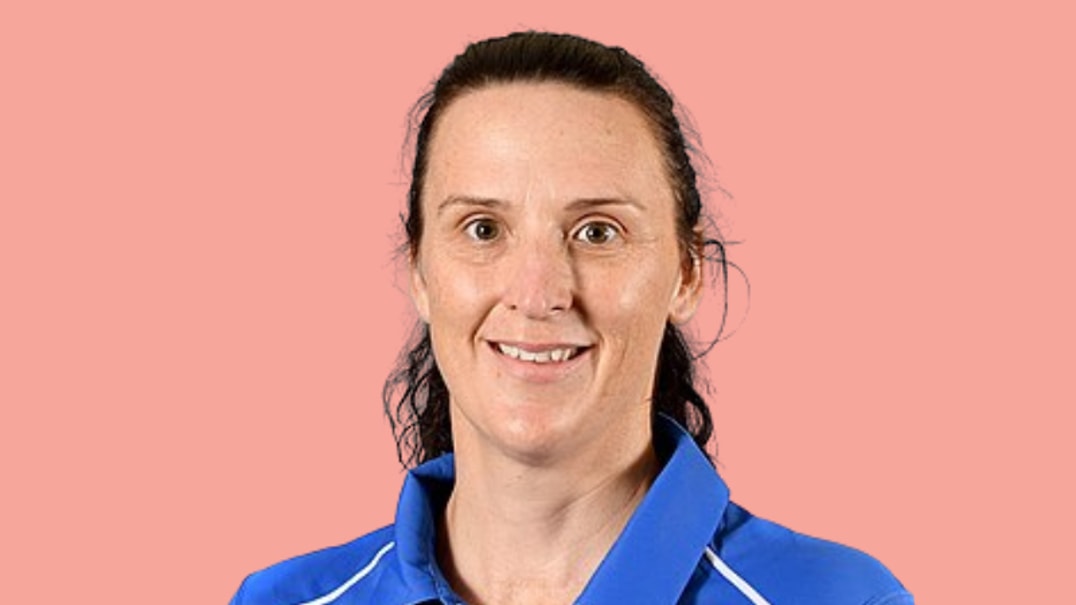We asked Janine Watson, Australia's first taekwondo Paralympian, for her advice on getting moving and keeping active after being diagnosed with multiple sclerosis. Janine has won a bronze medal in the women's +58 kg event at the 2020 Summer Paralympics in Tokyo, Japan and four consecutive Australian Singles Titles in Wheelchair Tennis in 2016, 2017, 2018 and 2019, what a champion!
So, what’s her secret?
Janine’s philosophy is "Do what I can, as well as I can, for as long as I can.”
But it’s not easy – increases in body temperature for Janine results in weakness in her arms and legs, loss of vision, cognitive confusion, massive amounts of fatigue and she loses her sense of coordination. This means it is vital that she uses a range of cooling techniques, listens to her body, and priorities recovery.
Janine shared with us her advice on how to get exercising even when you’re battling with fatigue and heat intolerance.
Choose something that you enjoy
- After Janine was diagnosed with MS she took up the sport of Taekwondo. Why? Because she enjoyed kicking people!
Start small and gradually increase
- To be consistent, habits take time to build. Why not start with a goal a day? You could try to stand up and sit back down a few times. It could be getting up and doing some dancing during an ad break in your favourite TV show or just doing five minutes of walking a day.
Make your exercise social
- Find an exercise buddy or sign up to a gym class to give you that extra motivation and support.
Factor recovery into your time
- In her average training week, Janine will have 11 training sessions and 22 recovery sessions. For every 1 hour of training, she does 2 hours of recovery.
Exercise when you feel your best (and prioritise it)
- Janine feels her peak at around 9am but this can range from 9 am to 12 pm.. She can’t get up and train too early and she can’t train in the evenings. Find your best time.
Dare to be different!
- While people at the gym usually do 3 sets of 8 reps of a weighted exercise, Janine will do 4 sets of 4 reps, or sometimes 3 sets of 5 reps. Because of neural fatigue, she finds it is better to get lower reps done at a higher quality.
It’s okay to use tools and equipment
- Janine struggles with grip strength when lifting weights, so she uses wrist straps with hooks that connect around the weights bar to assist. Ask around or speak to an occupational therapist or exercise physiologist, there may be equipment you need available to get that exercise done.
Get cool before and after your workout
- Most athletes will use pre-workout and post-workout cooling strategies such as drinking slushies or icy water to cool down their body prior to training or competing. Janine has a USB slushie maker that she adds water and some juice to which makes her a perfect cooling treat.
Try tricking your brain into being cold
- Before competition and between bouts Janine will press a teaspoon of slushie to the roof of her mouth, stimulating the specialised nerve endings that allow you to feel cold. She also tries sucking on a menthol such as a fisherman’s friend or a eucalyptus lolly to have the same effect.
Keep the palms of your hands, soles of your feet, and parts of the face cool
- Janine has found that cooling these areas has been beneficial in cooling her down. Janine uses a small ice pack that she holds in her palms and finds for her that cools her body faster than an ice vest.
Expensive isn’t always the best (or necessary!)
- Janine predominately uses cheap, easy strategies to cool herself down.
- She has purchased over-the-shoulder portable fans from K-Mart that she wears while outside gardening.
- She often drapes a small towel over herself that can be dunked in cold water and will stay cold for a long time.
- Janine suggests even just taking off your shoes and socks and placing them on a cool surface such as tiles in your home can help in cooling the body down.
It’s about quality, not the quantity
- Janine has three separate types of training sessions. These are strength and conditioning sessions, technical training sessions and functional training sessions. Functional sessions focus on keeping the body functional. These sessions work on balance, proprioception, and neural pathways.
- Janine does Pilates sessions based on the franklin method (worth a google).
- In the strength and conditioning sessions, Janine is always working on her balance.
- Janine’s mindset is that while she’s training for her competitions, she is also training for life.
For more amazing advice and to hear about her incredible story, watch our full interview with Janine here – Breaking down barriers to exercise with Paralympic Bronze Medallist, Janine Watson
